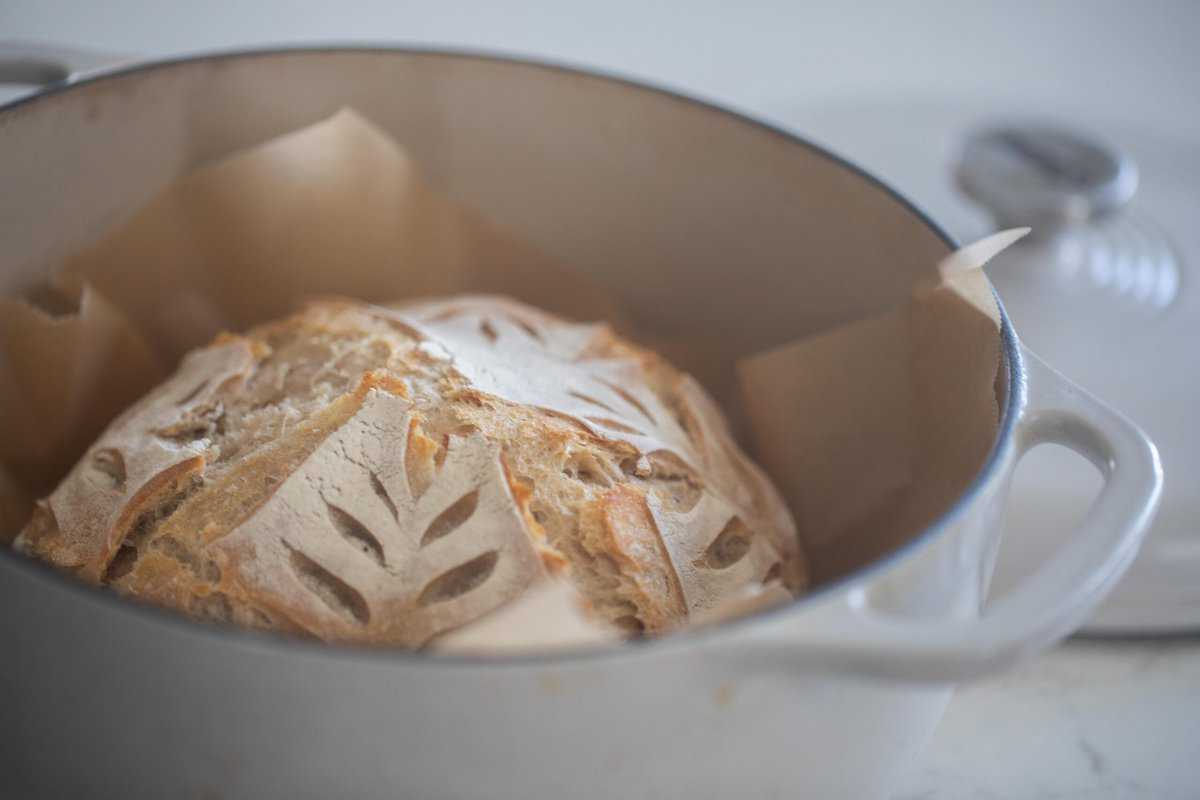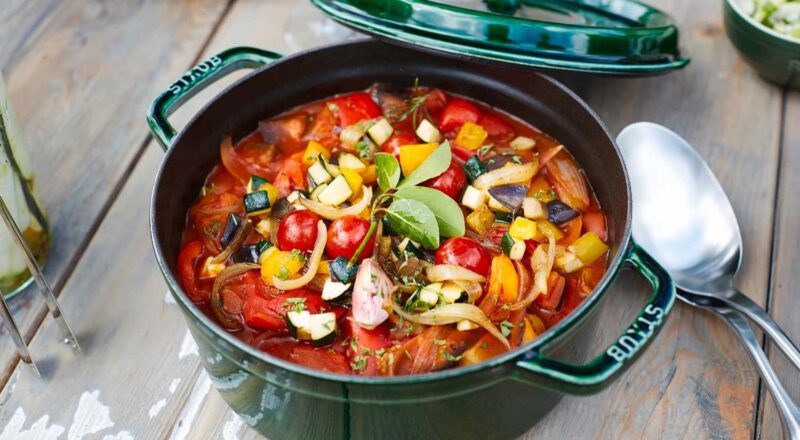Nothing epitomizes comfort food quite like a hearty stew. When you cook it in a Dutch oven, you marry modern technology with timeless techniques, achieving unmatched flavor and texture. This article aims to teach you how to make stew in a Dutch oven,using simple yet effective methods approved by chefs and home cooks alike.

The Allure of Dutch Oven Cooking
Why use a Dutch oven for stew? It’s all about heat distribution and retention. This heavy-duty cookware ensures that heat is evenly spread, which is crucial for slow-cooked dishes like stew. Additionally, it helps maintain a consistent temperature, making it easier to achieve tender meat and perfectly cooked vegetables.
Choosing the Right Dutch Oven
Your first step in learning how to make stew in a Dutch oven is choosing the right one. Typically, a 5- to 7-quart model is perfect for most home kitchens. Brands like Le Creuset, Lodge, and Staub offer excellent options. Make sure to pick one thats oven-safe if you plan on finishing your stew in the oven.

The Key Ingredients
A good stew relies on quality ingredients. Heres what youll need:
- Meat: Beef, lamb, chicken, or pork. Opt for cuts with some fat, like chuck roast or lamb shoulder, which become tender when slow-cooked.
- Vegetables: Carrots, onions, celery, and potatoes are classic choices, but feel free to experiment with parsnips, turnips, or mushrooms.
- Broth: Beef, chicken, or vegetable broth will add depth to your stew.
- Seasonings: Salt, pepper, bay leaves, thyme, and garlic are your foundational spices. You can also add rosemary, oregano, or paprika for extra flavor.
Prepping Your Ingredients
Before you start, gather all your ingredients and prep them. Chop your vegetables into uniform pieces to ensure even cooking. Season your meat with salt and pepper, and cut it into bite-sized chunks.

Browning the Meat
Begin by preheating your Dutch oven over medium-high heat. Add a couple of tablespoons of oil and wait until it’s shimmering. Place your meat into the pot in a single layer, being careful not to overcrowd. Brown the meat on all sides, then remove and set aside.
Sauting the Vegetables
With the meat removed, add your chopped onions, carrots, and celery to the pot. Saut until they start to soften, usually about 5-7 minutes.
Deglazing the Pot
Next, it’s time to deglaze. Pour in a cup of broth or wine to lift browned bits from the bottom of the potthese are pure flavor. Scrape the bits with a wooden spoon until they’re dissolved into the liquid.
Combining Ingredients
Return the browned meat to the pot. Add enough broth to barely cover the ingredients, and toss in your bay leaves, thyme, and garlic. Bring the mixture to a simmer.
Slow Cooking
Reduce the heat to low and cover the Dutch oven with its lid. Allow the stew to cook for 2-3 hours, checking occasionally to ensure it maintains a low simmer, not a boil. Stir every now and then.
Adding Potatoes and Additional Vegetables
About an hour before the stew is done, add your potatoes and any softer vegetables like mushrooms or zucchini. These ingredients dont require as long to cook and will become perfectly tender within this timeframe.
Finishing Touches
As your stew nears completion, taste for seasoning. Add salt, pepper, or additional herbs as needed. Remove the bay leaves and thyme sprigs before serving.
Thickening the Stew
If you prefer a thicker stew, you can mix a couple of tablespoons of flour with cold water to create a slurry, then stir it into the stew. Allow it to cook for another 10-15 minutes until it thickens.
Serving the Stew
Spoon your delicious stew into bowls and garnish with fresh parsley. Serve it alongside crusty bread or over a bed of rice for a complete meal.
Storing and Reheating
Leftovers can be stored in the refrigerator for up to five days or frozen for up to three months. To reheat, simply warm on the stovetop over medium heat until hot.
Frequently Asked Questions (FAQ)
Can I use a different kind of meat?
Absolutely! Beef is traditional, but chicken, lamb, and pork work just as well.
Do I have to brown the meat?
Browning adds a lot of flavor, but if you’re short on time, you can skip this step. Just note the results may be less rich.
What can I add for extra flavor?
Feel free to experiment with different herbs and spices, or even a splash of balsamic vinegar or Worcestershire sauce.
For more about cooking in a Dutch oven, check here.
Learn how to clean a Dutch oven here.
As an Amazon Associate, I earn from qualifying purchases.

